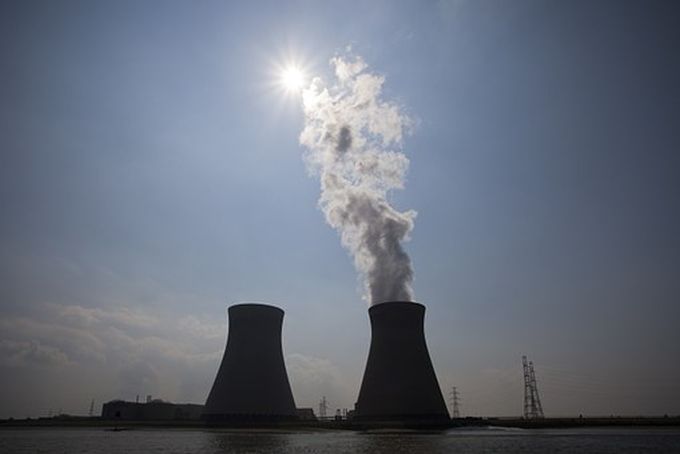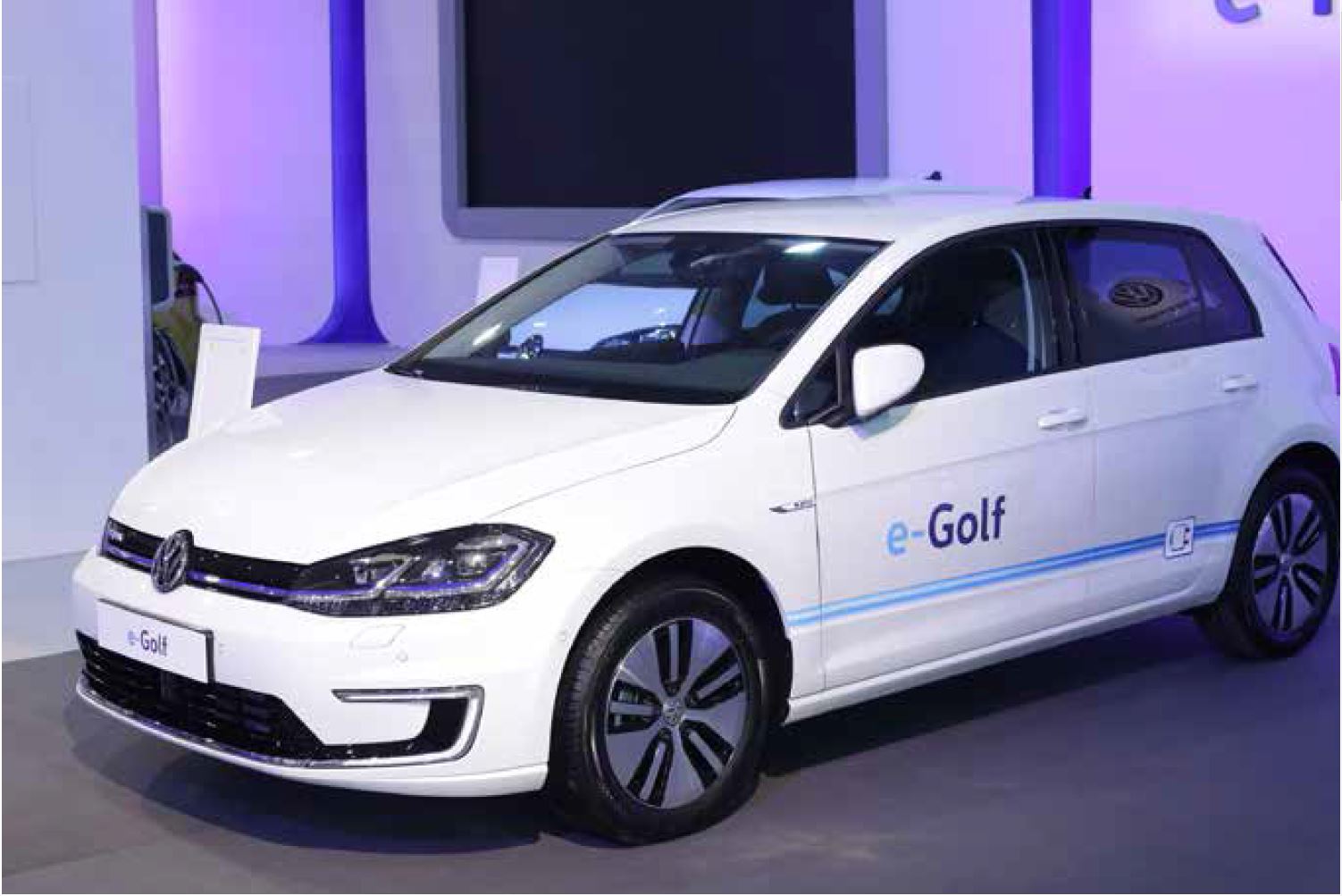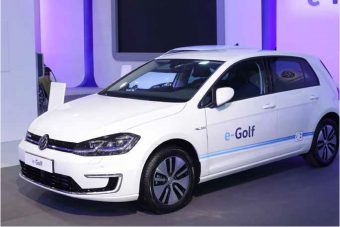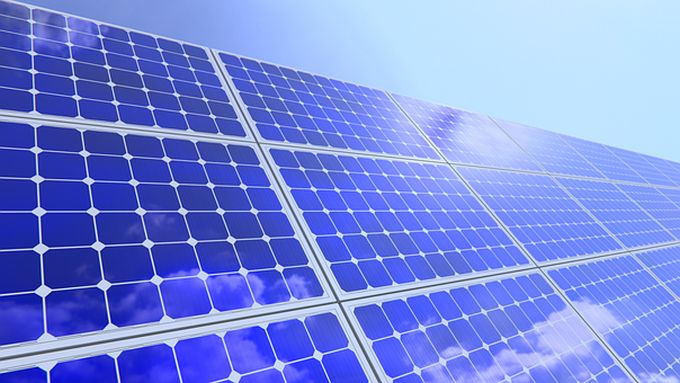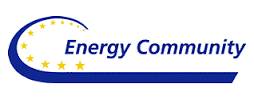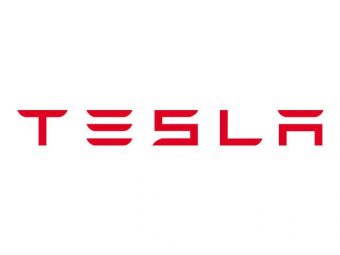
Tesla’s mission has always been tied to sustainability. They seek to accelerate the world’s transition to sustainable transportation by offering increasingly affordable electric vehicles. And in March 2015, Tesla launched Tesla Energy, which through the Powerwall and Powerpack allow homeowners, business owners and utilities to benefit from renewable energy storage.
It’s now time to complete the picture. Tesla customers can drive clean cars and they can use our battery packs to help consume energy more efficiently, but they still need access to the most sustainable energy source that’s available: the sun.
The SolarCity team has built its company into the clear solar industry leader in the residential, commercial and industrial markets, with significant scale and growing customer penetration. They have made it easy for customers to switch to clean energy while still providing the best customer experience. We’ve seen this all firsthand through our partnership with SolarCity on a variety of use cases, including those where SolarCity uses Tesla battery packs as part of its solar projects.
So, Tesla is excited to announce that Tesla today has made an offer to acquire SolarCity. To see Tesla’s offer visit site.
Source: www.teslamotors.com


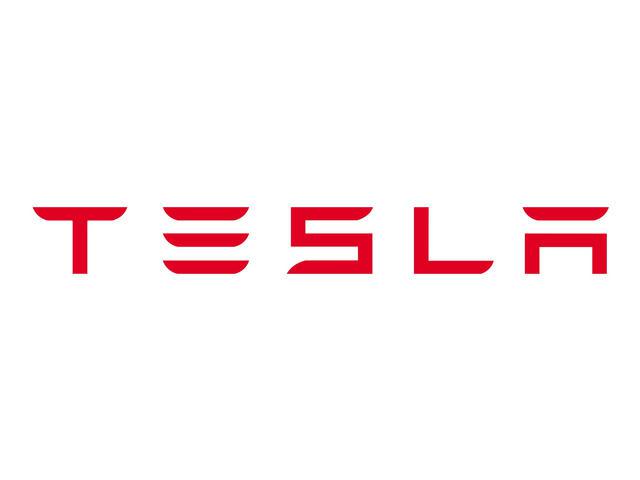
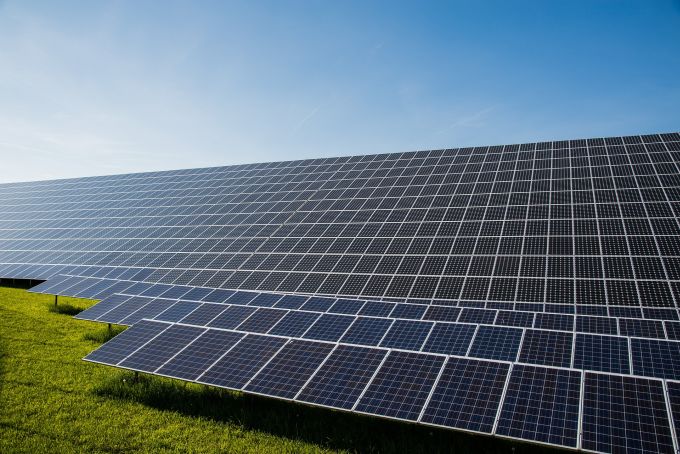
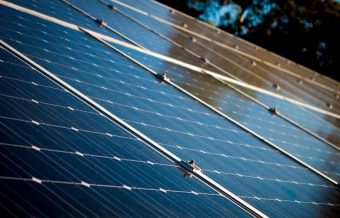


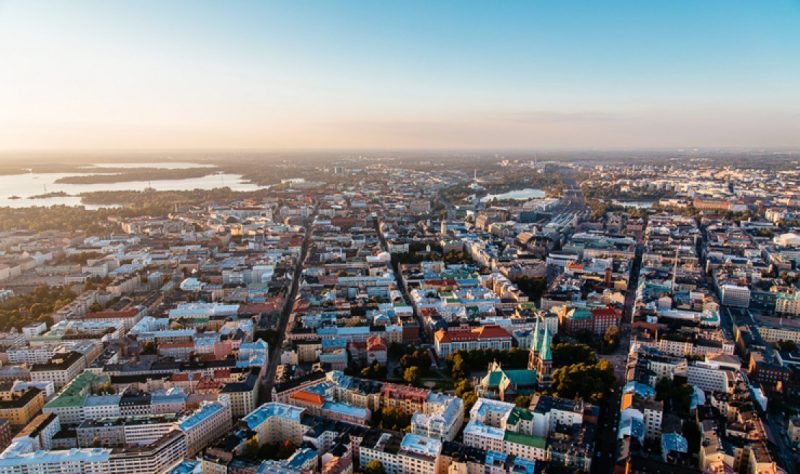
 The European Investment Bank (EIB) has signed a loan agreement with YIT of Finland, in support of energy efficiency in an urban development project in Helsinki. The loan is guaranteed under the European Fund for Strategic Investments (EFSI).
The European Investment Bank (EIB) has signed a loan agreement with YIT of Finland, in support of energy efficiency in an urban development project in Helsinki. The loan is guaranteed under the European Fund for Strategic Investments (EFSI).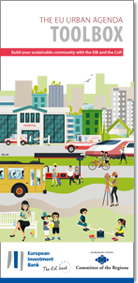

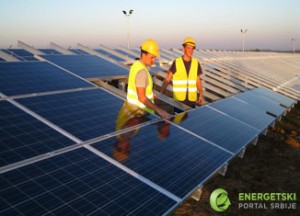 Solar Citizens says since the 2012-13 financial year, rooftop solar owners have saved about $1bn on their household bills each year.
Solar Citizens says since the 2012-13 financial year, rooftop solar owners have saved about $1bn on their household bills each year.
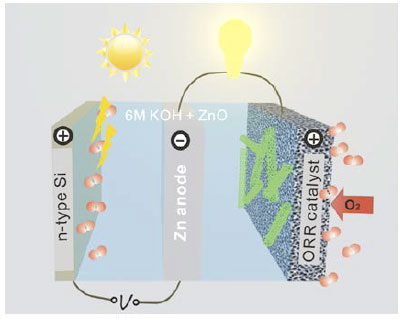
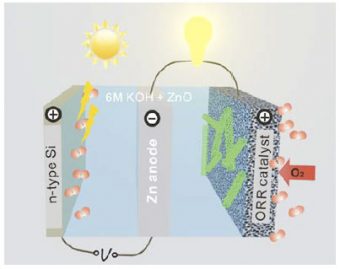
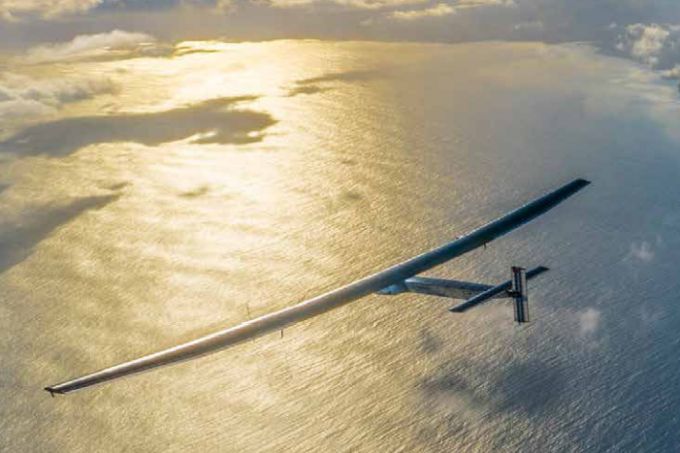

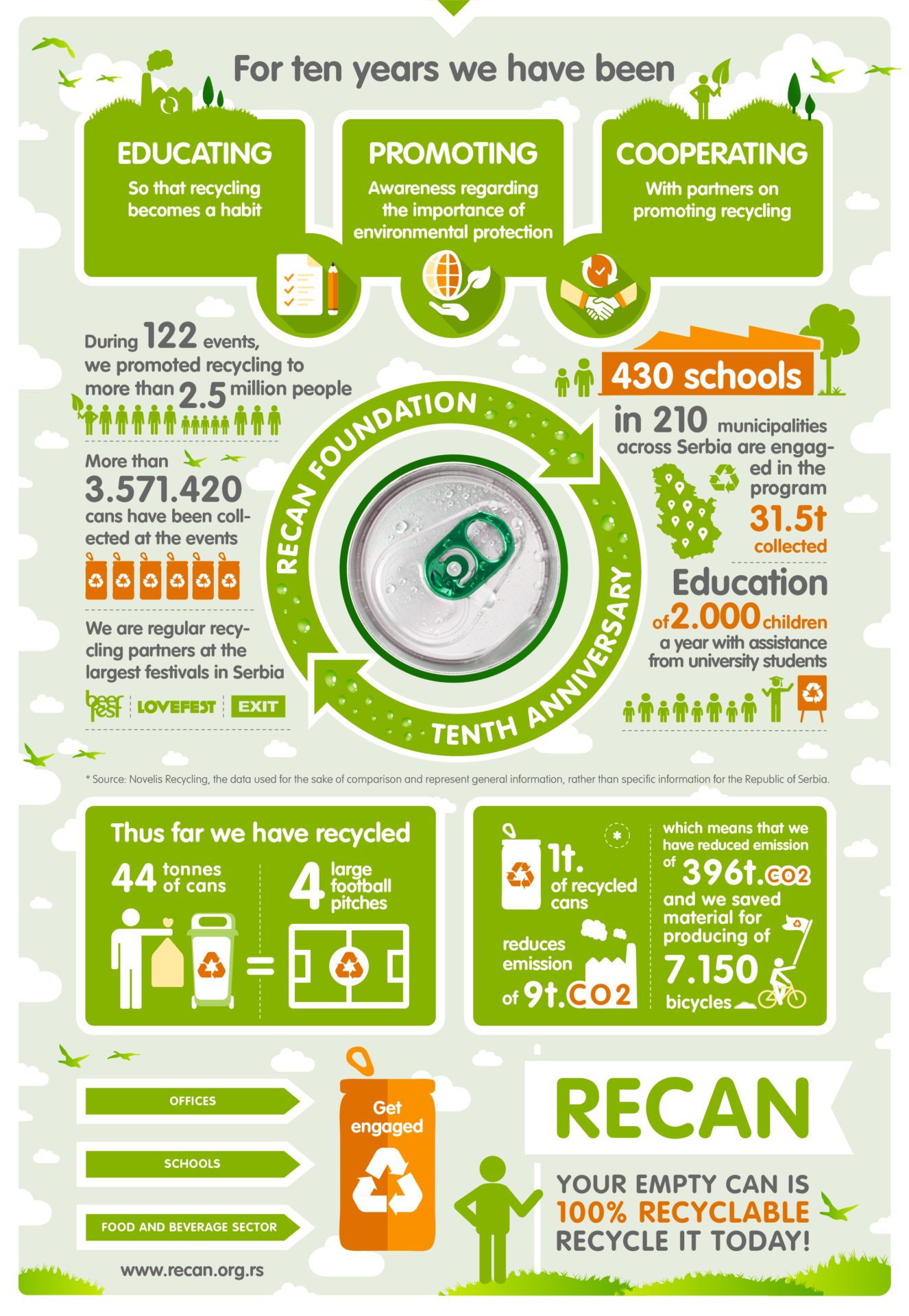
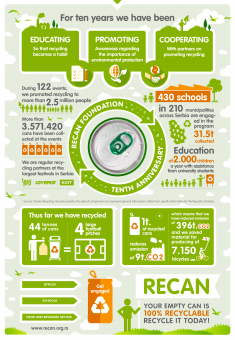 Ball packaging announce recently that 3.5 million cans collected, 2.5 million people reached and 20.000 school-age children educated – with these note-worthy statistics, the Serbian-based recan fund proudly celebrates its 10-year-anniversary. Founded in 2005 by beverage can producer Ball Packaging Europe, the organization is a driving force behind beverage can recycling within the country by using a pioneering approach toward public education and awareness.
Ball packaging announce recently that 3.5 million cans collected, 2.5 million people reached and 20.000 school-age children educated – with these note-worthy statistics, the Serbian-based recan fund proudly celebrates its 10-year-anniversary. Founded in 2005 by beverage can producer Ball Packaging Europe, the organization is a driving force behind beverage can recycling within the country by using a pioneering approach toward public education and awareness.

